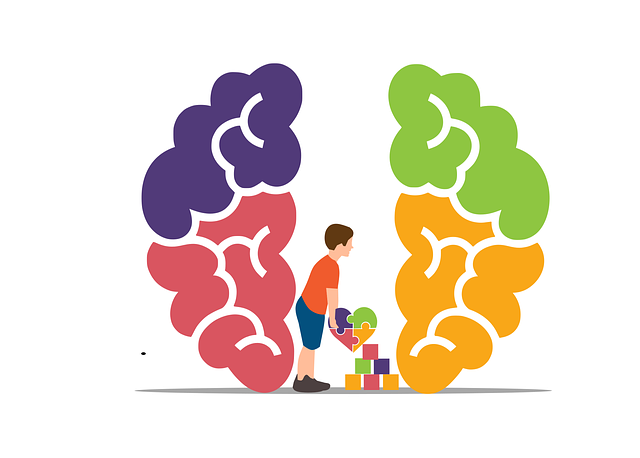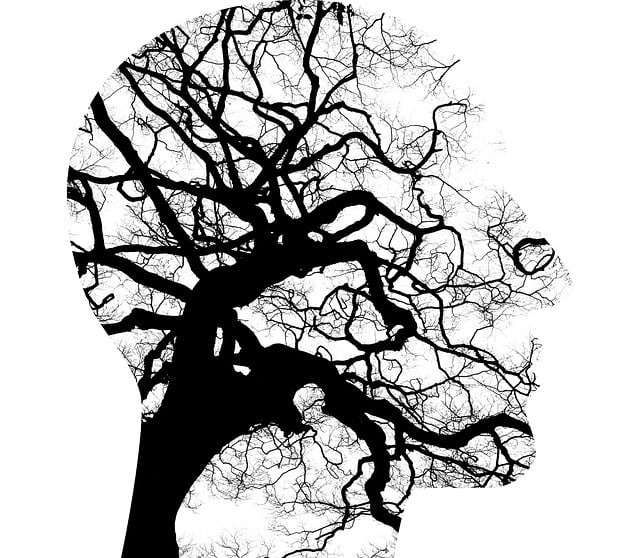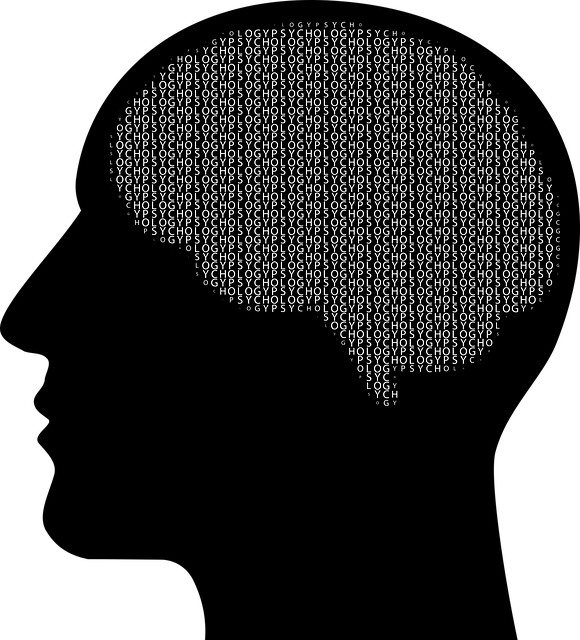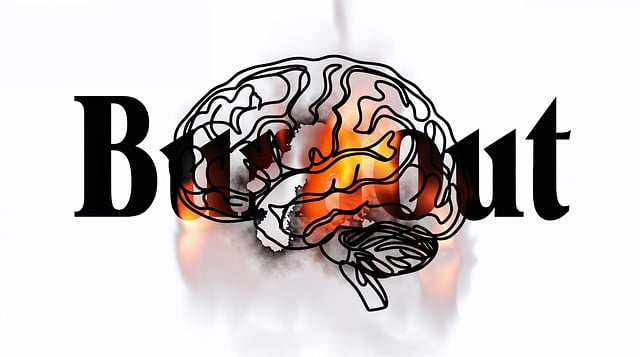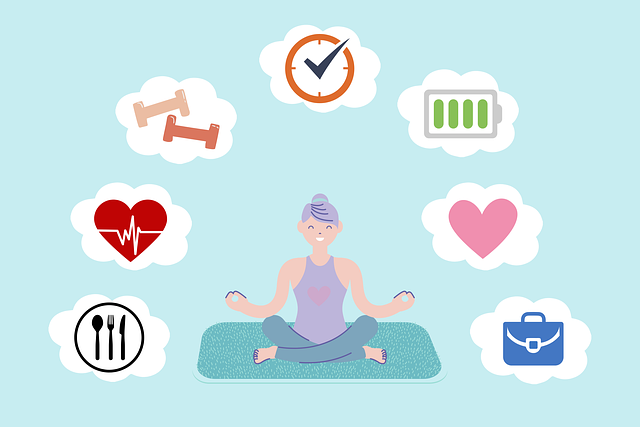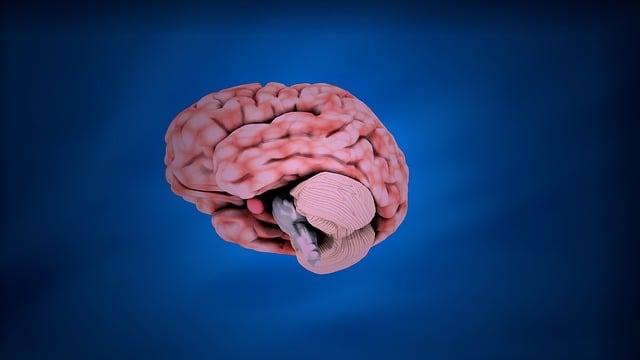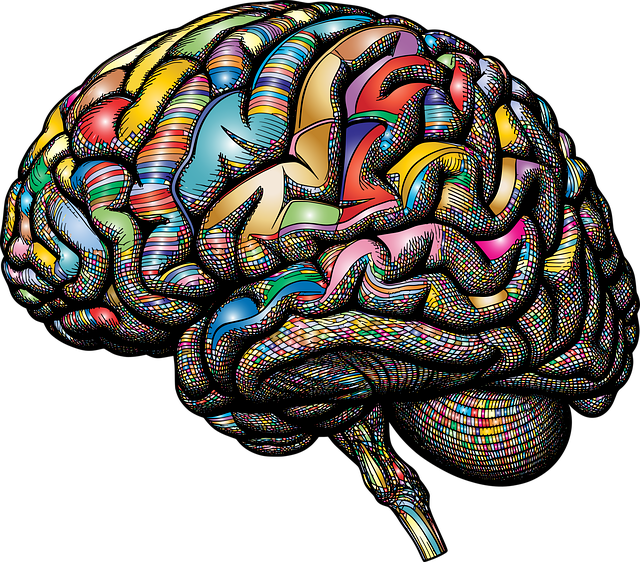Centennial Panic Disorder (CPD) and anxiety attacks are mental health conditions characterized by unexpected panic episodes and intense fear, often triggered by minimal stress. Effective management involves a multi-faceted approach including cognitive-behavioral therapy (CBT), mindfulness practices, relaxation techniques, and medication when needed. CBT focuses on identifying and changing negative thought patterns, empowering individuals to reduce symptoms and improve well-being. Mindfulness and relaxation techniques help regulate physical responses to stress, alleviating anxiety symptoms. A holistic approach prioritizing mental health through exercise, diet, sleep, and reducing stigma can significantly reduce anxiety levels over time, enhancing quality of life for CPD and anxiety attack sufferers.
Anxiety management is a vital journey towards reclaiming control over your life. This article explores effective techniques to combat pervasive fears, focusing on both acute relief and long-term strategies. We delve into understanding specific conditions like Centennial Panic Disorder and Anxiety Attacks, offering insights into their triggers and symptoms. Cognitive Behavioral Therapy (CBT) emerges as a powerful tool for restructuring thought patterns, alongside mindfulness practices and lifestyle adjustments that foster resilience.
- Understanding Centennial Panic Disorder and Anxiety Attacks
- Cognitive Behavioral Therapy (CBT): A Powerful Tool
- Mindfulness and Relaxation Techniques for Management
- Lifestyle Adjustments for Long-Term Anxiety Reduction
Understanding Centennial Panic Disorder and Anxiety Attacks

Anxiety attacks and Centennial Panic Disorder (CPD) are distinct yet closely related conditions that significantly impact an individual’s mental wellness. CPD is characterized by recurrent, unexpected panic episodes that include intense fear or discomfort, accompanied by physical symptoms such as rapid heartbeat, sweating, trembling, and shortness of breath. These episodes can be triggered by minimal stress or even without any apparent cause.
Managing CPD and anxiety attacks often involves a combination of therapy types, including cognitive-behavioral therapy (CBT) that helps individuals identify and change negative thought patterns and behaviors contributing to their anxiety. Mindfulness practices, relaxation techniques, and in some cases, medication, are also recommended by healthcare providers with cultural competency training to address the unique needs of diverse populations. The Mental Wellness Podcast Series Production offers accessible resources for learning about coping strategies and connecting with others navigating similar challenges.
Cognitive Behavioral Therapy (CBT): A Powerful Tool

Cognitive Behavioral Therapy (CBT) has established itself as a powerful tool in managing anxiety disorders, including Centennial Panic Disorder and Anxiety Attacks. This therapeutic approach focuses on identifying and changing negative thought patterns that contribute to feelings of anxiety and fear. By challenging these distorted thoughts, CBT empowers individuals to develop healthier perspectives, leading to reduced symptoms and improved overall well-being.
Through CBT, mental health professionals can guide clients in creating effective risk management planning strategies tailored to their unique needs. Empathy building strategies play a crucial role in fostering trust and understanding, allowing for deeper exploration of anxious thoughts and feelings. Furthermore, self-esteem improvement techniques within CBT help individuals challenge negative self-talk, enhancing their resilience against anxiety disorders.
Mindfulness and Relaxation Techniques for Management

Mindfulness and relaxation techniques have proven to be effective tools for managing anxiety, especially in cases like Centennial Panic Disorder and Anxiety Attacks Therapy. By focusing on the present moment and cultivating a sense of calm, individuals can reduce the intensity of anxious thoughts and feelings. Practices such as deep breathing exercises, meditation, and yoga help to regulate the body’s physical response to stress, thereby alleviating symptoms of anxiety and promoting mental wellness.
Incorporating these techniques into daily routines can prevent burnout by providing healthy coping mechanisms for managing stress. They offer a peaceful sanctuary from the hustle and bustle of life, allowing individuals to gain control over their anxious thoughts and feelings. Through consistent practice, one can develop greater resilience in navigating anxious episodes, leading to improved overall well-being.
Lifestyle Adjustments for Long-Term Anxiety Reduction

Managing anxiety effectively often involves making sustainable lifestyle adjustments that extend beyond short-term coping mechanisms. For individuals dealing with chronic conditions like Centennial Panic Disorder and its associated Anxiety Attacks, adopting certain habits can lead to long-term anxiety reduction. One key aspect is prioritizing mental health just as one would physical health; this includes engaging in regular exercise, maintaining a balanced diet, and ensuring sufficient sleep. These foundational elements are essential for supporting overall well-being and managing stress levels.
Additionally, cultivating mindfulness practices such as meditation or deep breathing exercises can significantly aid in anxiety reduction. Reducing the Mental Illness Stigma Reduction Efforts can encourage individuals to seek help without fear of judgment, enabling them to explore therapy options like Cognitive Behavioral Therapy (CBT) which has proven effective in treating Anxiety Attacks. By incorporating these lifestyle adjustments and Stress Reduction Methods, one can proactively navigate and manage anxiety over the long term, enhancing overall quality of life.
Anxiety management is a multifaceted approach, from understanding conditions like Centennial Panic Disorder and Anxiety Attacks to employing therapeutic techniques such as Cognitive Behavioral Therapy (CBT). Integrating mindfulness, relaxation, and lifestyle adjustments can significantly reduce anxiety over the long term. By combining these strategies, individuals can gain greater control over their mental health and improve their overall well-being.
